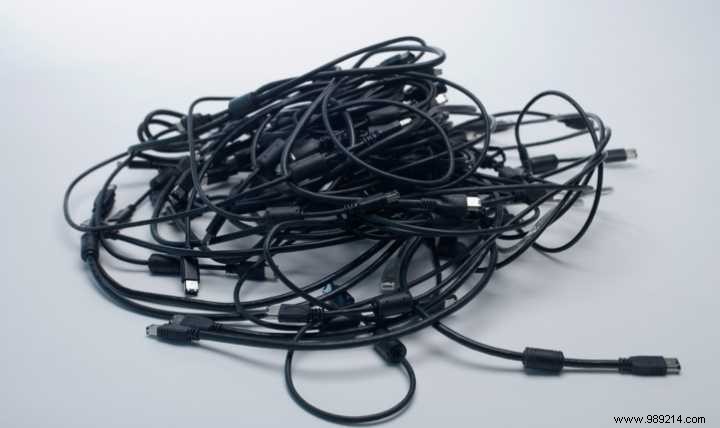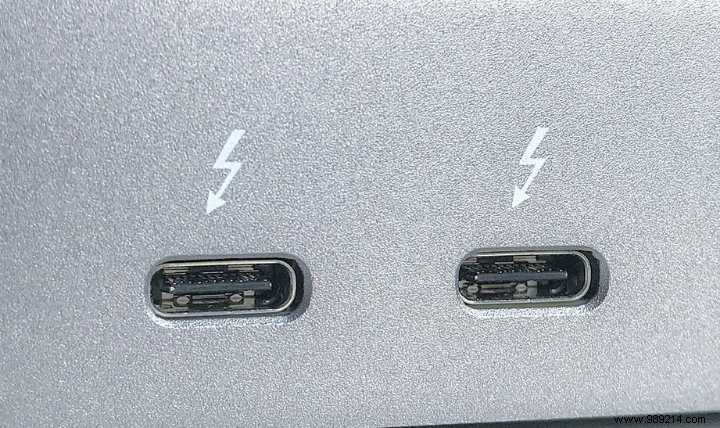USB Power Delivery, or PD for short, is designed to be a single charging standard that you can use with any USB device. These devices include not only cell phones, but also hard drives, tablets, laptops, and even monitors. It is a safe and effective way to push voltage and current limits and increase power flow to these devices.
USB Power Delivery is delivered via a USB-C cord. This cable has a reversible tip that doesn't have an up or down configuration, so no matter how you insert it, it will fit the device. These cords can handle higher current and voltage than older USB cords, allowing for faster charging times.

Most prior Power Delivery charging systems could only use 5V and a maximum current of 3A to produce a maximum output power of up to 15W. PD boosted the voltage to a maximum of 20V with a current of 5A creating a possible power level up to 100W.
USB-C cables that connect Power Delivery have communication pins inside that allow the devices to communicate and determine the correct level of power the receiving device needs. This communication prevents overcharging of the device while allowing the fastest transfer of energy to the battery.
Only USB-C to Lightning or USB-C to C cables are compatible with PD technology. A standard USB-C to USB-A cable can handle up to 60W. To get the full 100W power offered by Power Delivery, you need an Electronically Labeled Cable (EMCA) with the plugs rounded on both sides. ends.
If you use a USB-C to C cable or a USB-C to Lightning cable, the power flow is bi-directional. In other words, you can use one of the two devices to charge the other.

At this point, USB Power Delivery is more of a luxury than a complete change in charging capabilities. Most smartphones today won't benefit from the extra power as they typically require between 10 and 18 watts of power and a standard USB-C to A cable can usually provide that.
However, some newer devices and computers will certainly charge faster using the power provided by the USB-C to C Power Delivery connection. There are more modern wall chargers and portable chargers for sale that have the USB PD port for charging using Power Delivery if you have a USB-C device and want to try Power Delivery.
If you have a USB PD enabled device, you will generally see faster charging when using Power Delivery. You won't need to buy different chargers for different devices. If you have an EMCA USB-C cable, you can charge one device from another device. This won't really interest you until you own several USB PD-enabled devices.